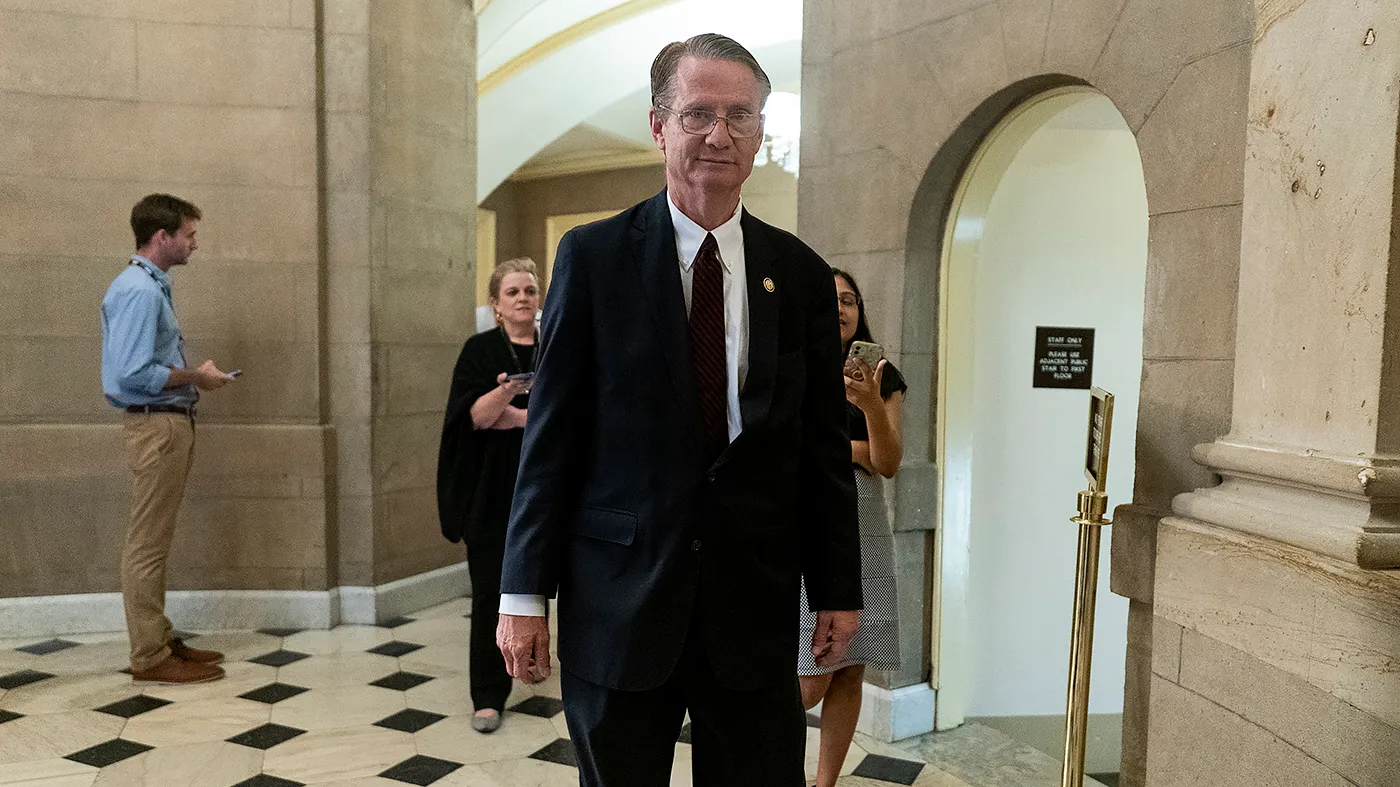Trump Hits Pause Again: U.S.–China Tariffs Delayed for Another 90 Days
Trump Hits Pause Again: U.S.–China Tariffs Delayed for Another 90 Days
By
Junia Wells
Last updated:
August 12, 2025
First Published:
August 12, 2025

Photo: CNN
Emergency Brake on Escalation
Late Monday, President Trump signed an executive order postponing the reintroduction of high tariffs on Chinese imports by 90 days, staving off a sudden spike that could have derailed trade stability. The original deadline, set for Tuesday, was effectively paused just in the nick of time.
What’s at Stake: Avoiding Triple-Digit Tariffs
Had no action been taken, tariffs could have surged back to levels seen in April—where rates topped 145%—inflicting severe price shocks on consumers and straining global supply chains. Instead, the current rate of around 30% will remain intact until November 9 or 10, depending on time zone calculations.
Why the Extension Matters
- Seasonal stability for retailers: U.S. companies now have breathing room to stock holiday merchandise without facing sudden cost jumps.
- Investor confidence: Markets briefly rallied as the extension reduced near-term uncertainty. Asian equities, including Japan’s Nikkei index, climbed on relieved sentiment.
- Negotiating momentum: This extension aligns with growing optimism after trade talks in Stockholm, offering more runway for progress. Trump even floated the possibility of a year-end meeting with President Xi Xi Jinping.
What Won’t Change—for Now
Trump made clear on his Truth Social that "all other elements of the agreement will remain the same." This includes reciprocal pauses in tariffs, ongoing agricultural negotiations, and discussions around key categories such as rare earths and semiconductors.
He also renewed pressure on Beijing to “quickly quadruple” its purchases of U.S. soybeans, part of broader efforts to narrow the trade deficit and support American farmers.
SEO Keyword Suggestions
- “Trump delays China tariffs 90 days”
- “U.S.–China tariff truce extended to November”
- “Tariff pause avoids 145% hike”
- “Trade talks Stockholm extensions”
Final Thoughts
In yet another dramatic twist, President Trump has avoided a tariff comeback by extending the current tariff freeze. With markets breathing easier and supply chains spared another shock, the extension offers a crucial window to secure a more durable trade agreement. Still, businesses and markets remain on edge—waiting to see if the pause will translate into lasting peace or continue the pattern of uncertainty.
Popular articles
Subscribe to unlock premium content
Merch, Meals, and Memories

Innovating One Feature at a Time

Zero Taxes, Maximum Attraction – Why Monaco is the ultimate playground for the wealthy.

Merch, Meals, and Memories

Innovating One Feature at a Time

Merch, Meals, and Memories







.png)

